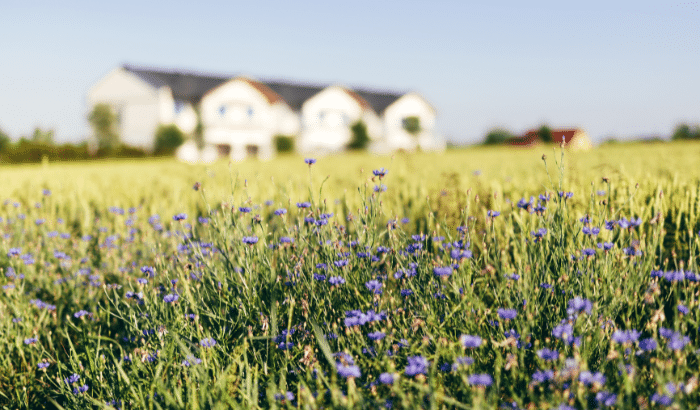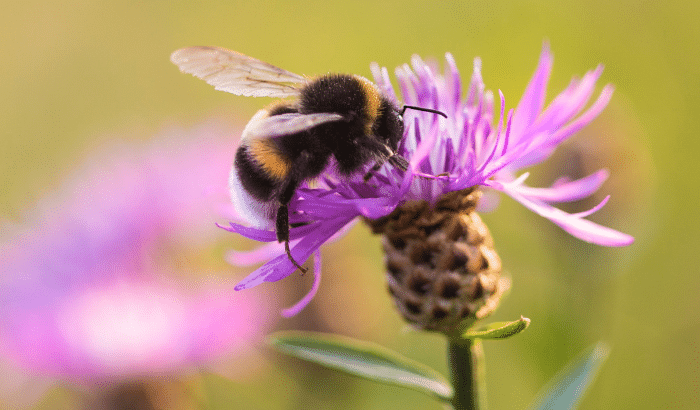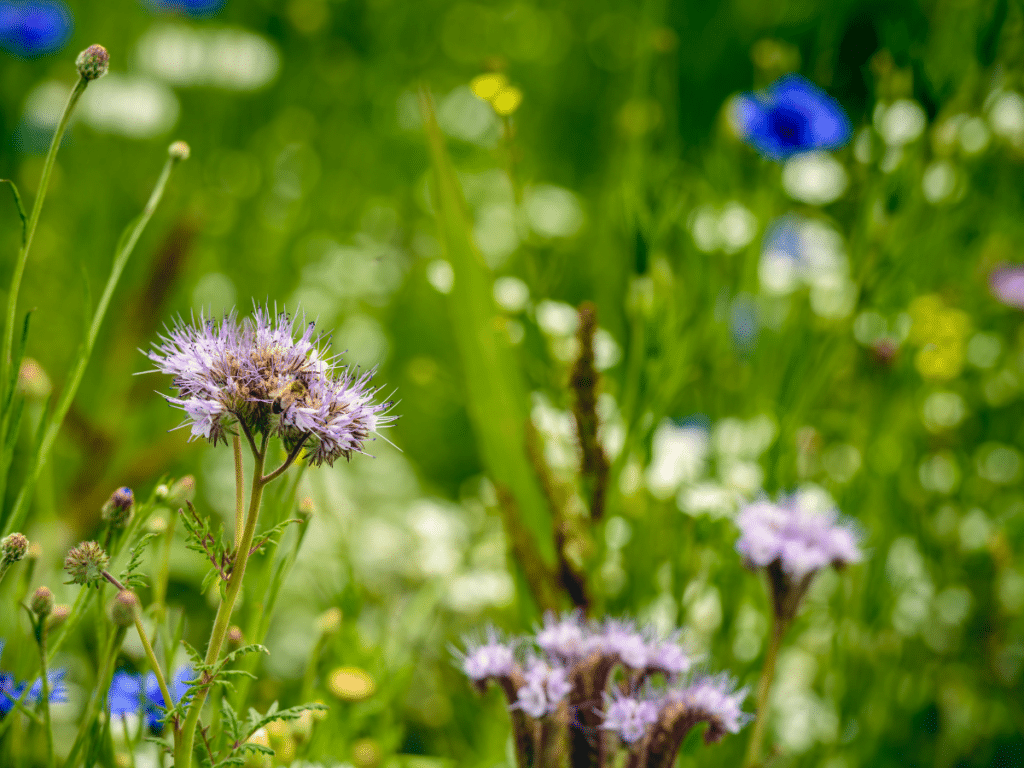Challenges of BNG:
Asked about the many challenges in implementing BNG, Harrison stressed how early in the process we still are. “It’s so new. We’re in a stage where the providers are almost ahead of those who would be signing projects off, often LPAs [Local Planning Authorities]”. One of the issues here is that local authorities are still trying to adapt, making sure that BNG projects align with broader decision-making schemes and their long-term objectives. This is absolutely necessary, though it has slowed things down. Ultimately, there is still a question to be answered; “how can you set up sites for BNG as quickly as possible, whilst making sure there is ecological, legal, and planning integrity?”

This speaks to the complexity of Biodiversity Net Gain, and the myriad stakeholders involved. “It’s a lengthy process – you’re relying on LPAs, financials, legal securities to name a few, which means we need to take as achievable an approach as possible”. Once the land use change has been agreed, there’s still the matter of actually selling the units. As Harrison points out, “the markets are still developing”. This produces questions in its own right – as availability meets demand, will it become more competitive to try and sell? Ultimately, there’s a risk that it could take quite a while to sell all your units. At present with BNG, “there are no sureties or guarantees”.
Biodiversity Net gain Opportunities
Without a doubt, however, Biodiversity Net Gain also represents a novel and exciting opportunity. Many people CLM works with have had plans for nature recovery for quite some time. BNG now represents the perfect mechanism for funding what they were otherwise not necessarily able to achieve. Moreover, as Basic Payment Scheme (BPS) funding declines ever further, people are starting to reevaluate their farming business to incorporate more nature-based management into their farming system. Where BPS made sense in some areas before, it now might make sense to adjust to the kind of “long-term, more bespoke stewardship style management that BNG can bring, with potentially higher payments”. The possibility of higher payments is an exciting one. Where “large scale project’s capital expenditure would be high in the Basic Payment Scheme or Countryside Stewardship, BNG offers the opportunity for more ambitious projects for nature recovery”.

Land App and BNG
In terms of project planning and implementation, Land App “has been integral throughout the whole process”, Harrison said, “to have everything in UKHab has been great – that’s really helpful to visually distinguish plans and then to report on that using the Defra metric built into the tool”. Understanding the unit ‘yield’ or “uplift’ of any BNG project is essential before going any further in the process, and helps to get a sense of scale and impact, as well as funding opportunities. Having the mapping, data, and analysis in one collaborative place has in this sense, been “invaluable”.
Ultimately, BNG is a work in progress, and there is much to be learnt through trial and error now that it has become mandatory. “It’s all a developing process,” Harrison tells us, “even those setting the rules are still learning”. The work CLM is doing shows just how many people are committing to BNG, or at the very least strongly considering it. It shows there is a real appetite for engaging with this new means of achieving financial and ecological resilience. Without doubt, BNG is one to watch.
Mapping, analysing, and understanding your land will be essential for anyone looking to consider or get involved with BNG on their land. We have designed a suite of digital tools to make this process as easy as possible whether you’re a land manager, consultant, ecologist, or more.
Watch our webinar to see how our tools can help speed up some of the steps needed to prepare for Biodiversity Net Gain.
About Harrison Anton: “I have been with CLM for just over four years, working within the Farm and Environment team predominantly on Stewardship, BPS and ecology, and with the Facilitation Funds we support. In my first year I helped to submit a number of applications to the Natural England National Credit scheme, of which one – the Iford Estate – was successful. Since then, I have also been doing a lot of work on BNG and working with land managers to explore the options for their land and what could be done through BNG.”
About CLM: CLM is a land, business, and property management consultancy, working with a variety of customers and partners across the land sector to ‘grow their income and assets, improve their quality of life and create sustainable legacies’. Selected to be involved with one of Natural England’s nine pilot projects to help establish the legislative framework for BNG, CLM has been right at the centre of BNG’s formation from the very beginning. With years of experience in Countryside Stewardship and farm habitat management, as well as farming ‘clusters’ and landscape-scale nature recovery projects, CLM brings a wealth of experience and perspective to designing ecologically and financially sustainable futures.

